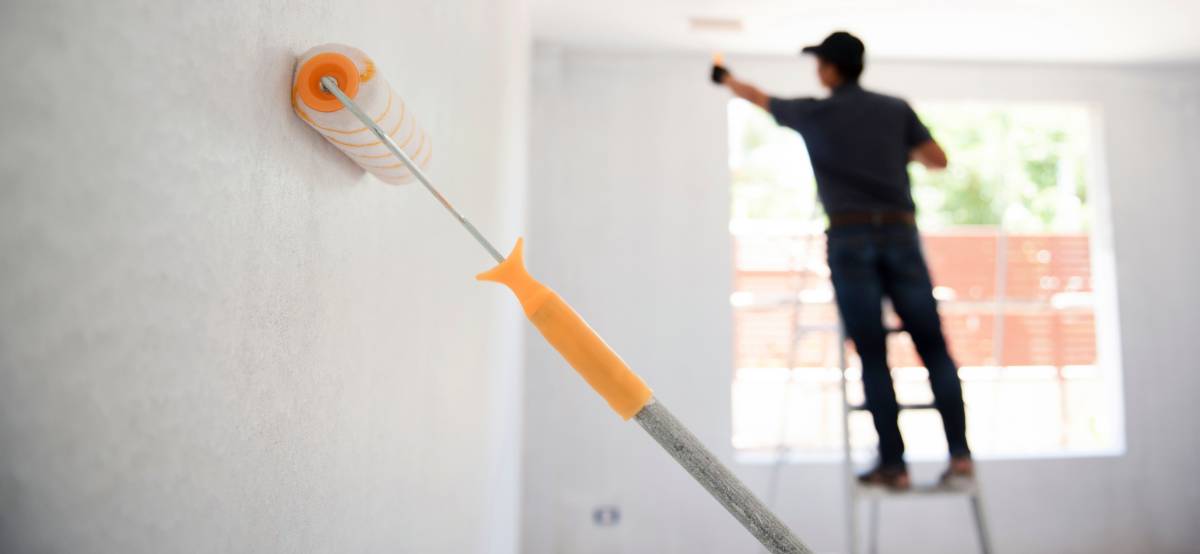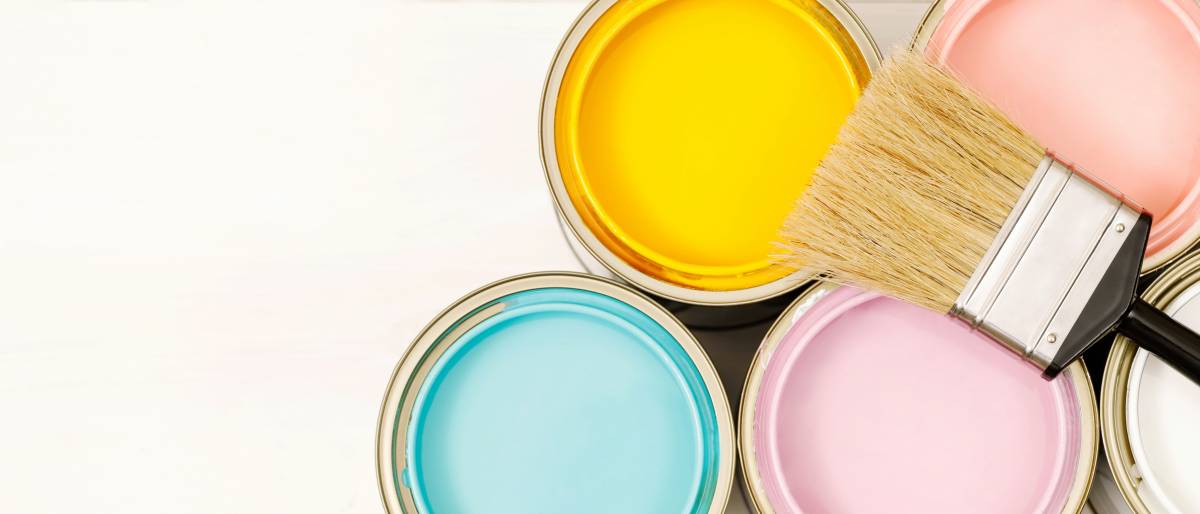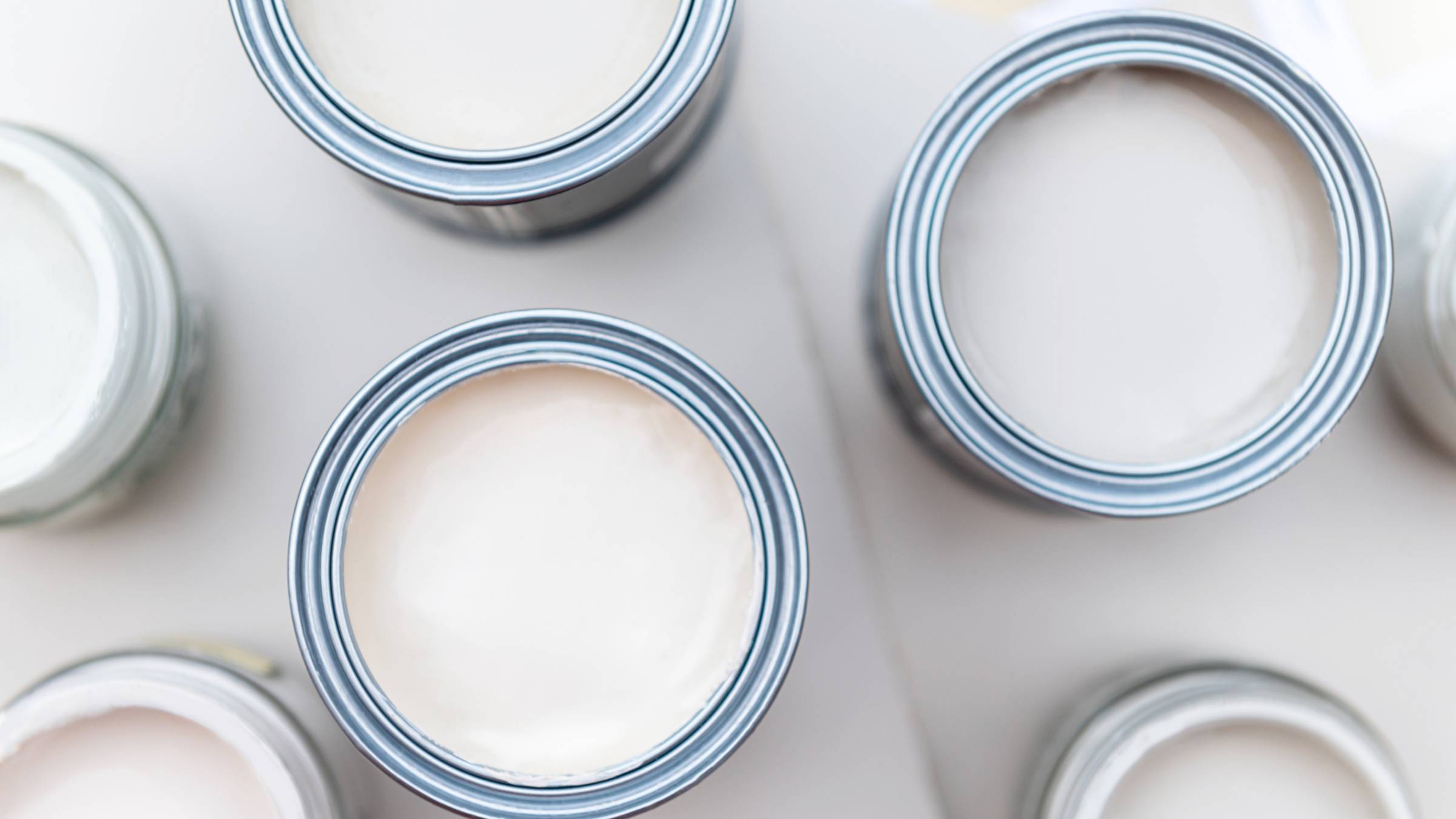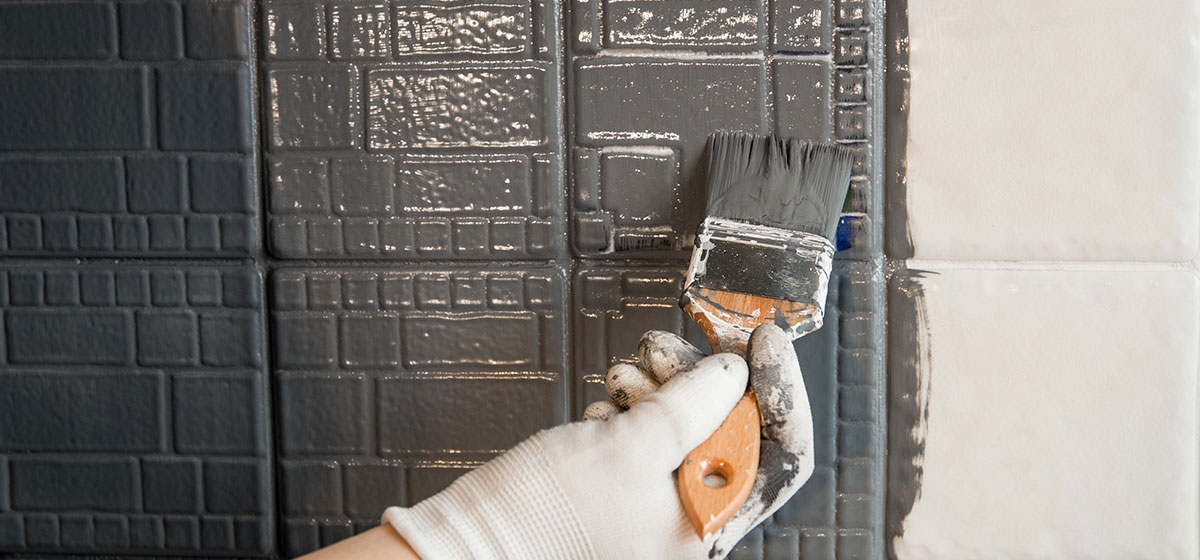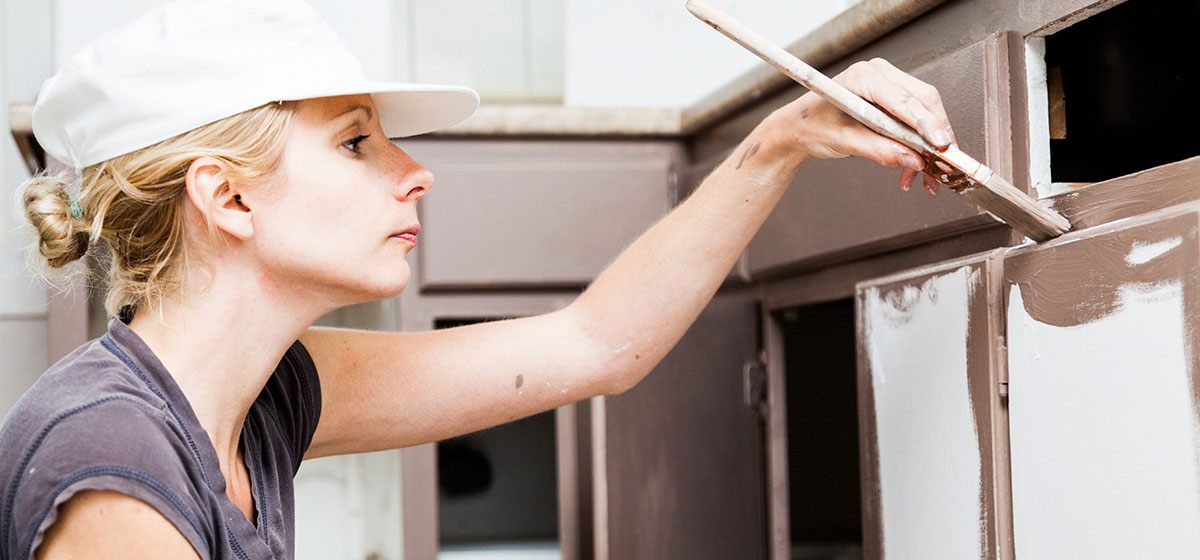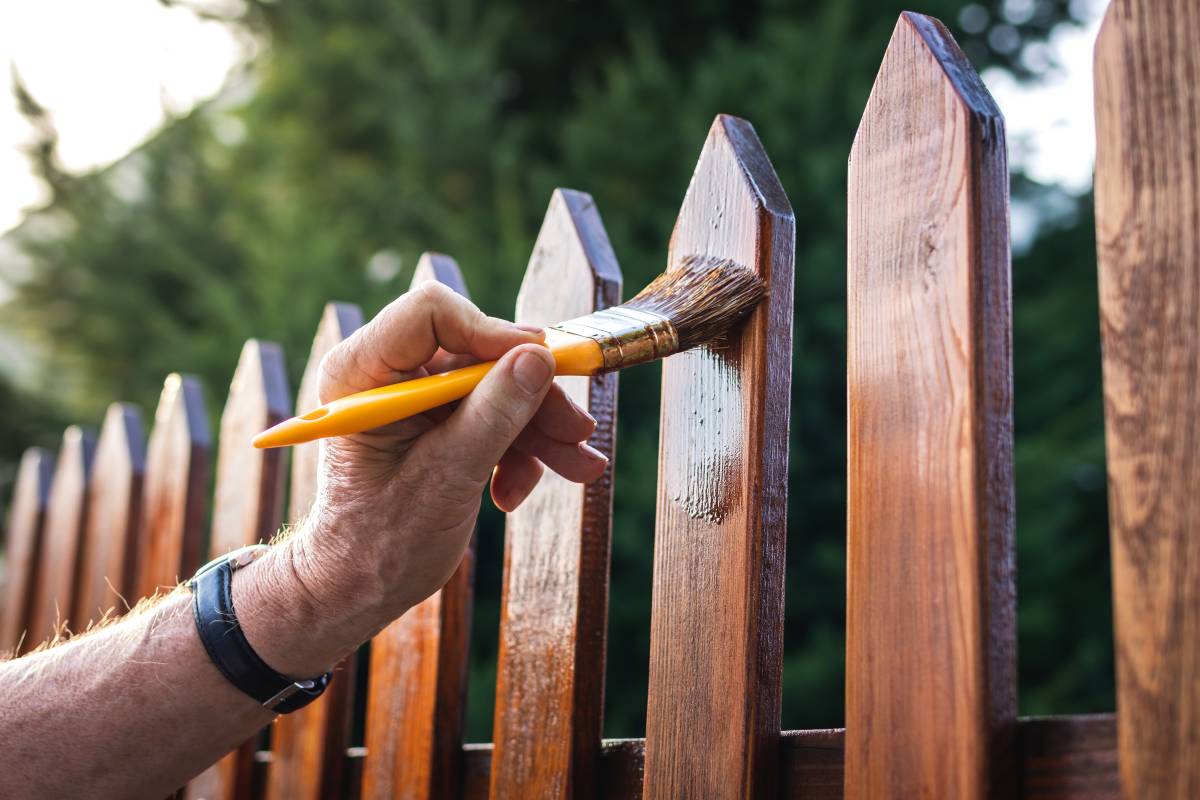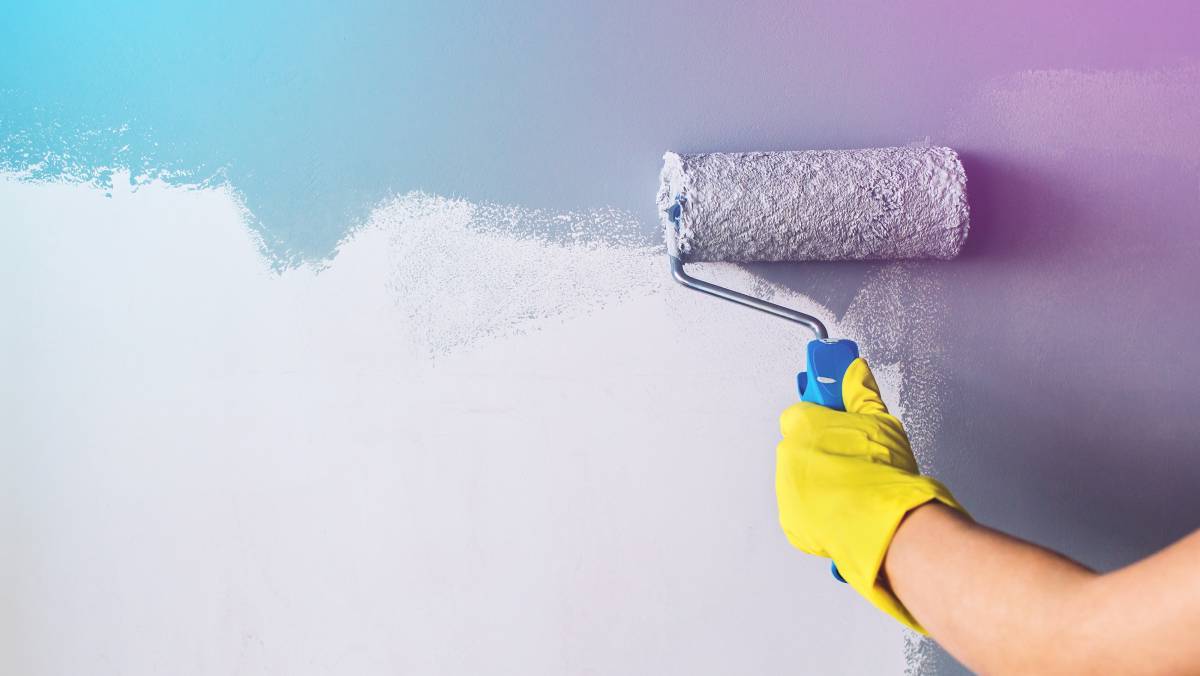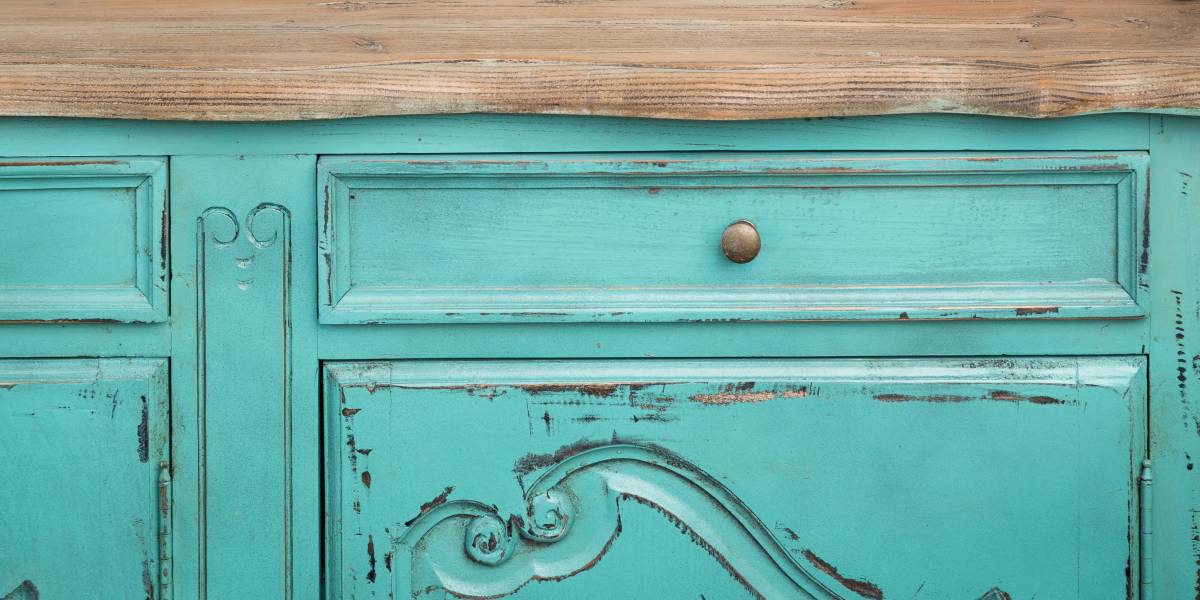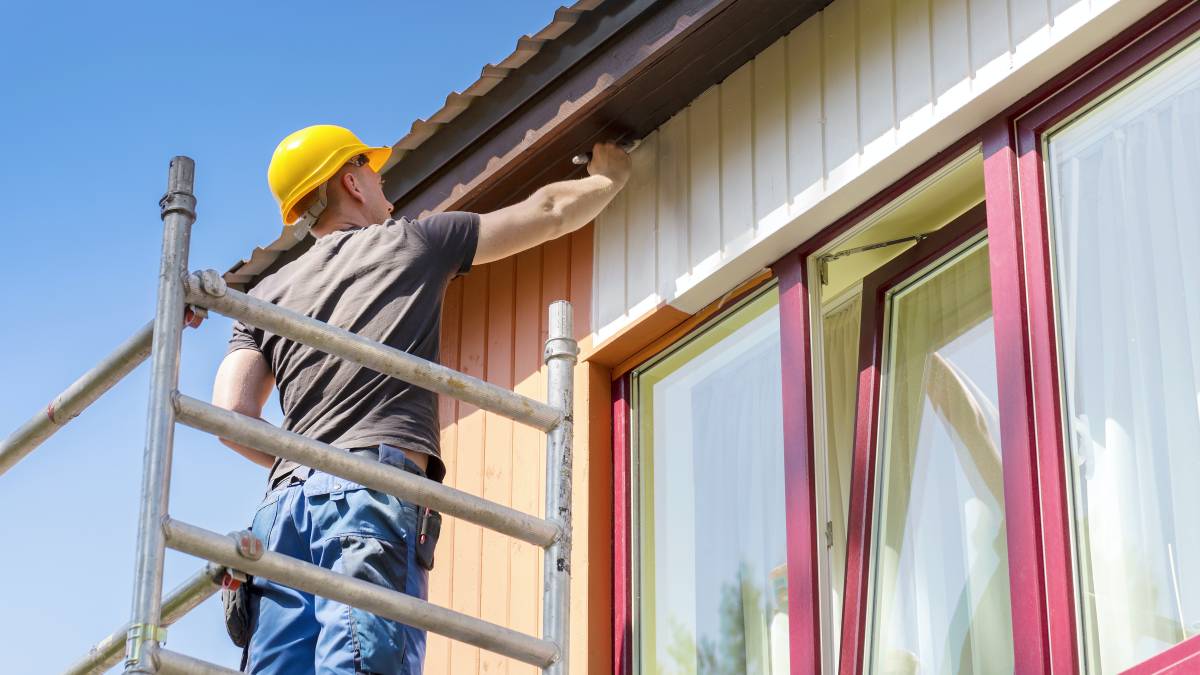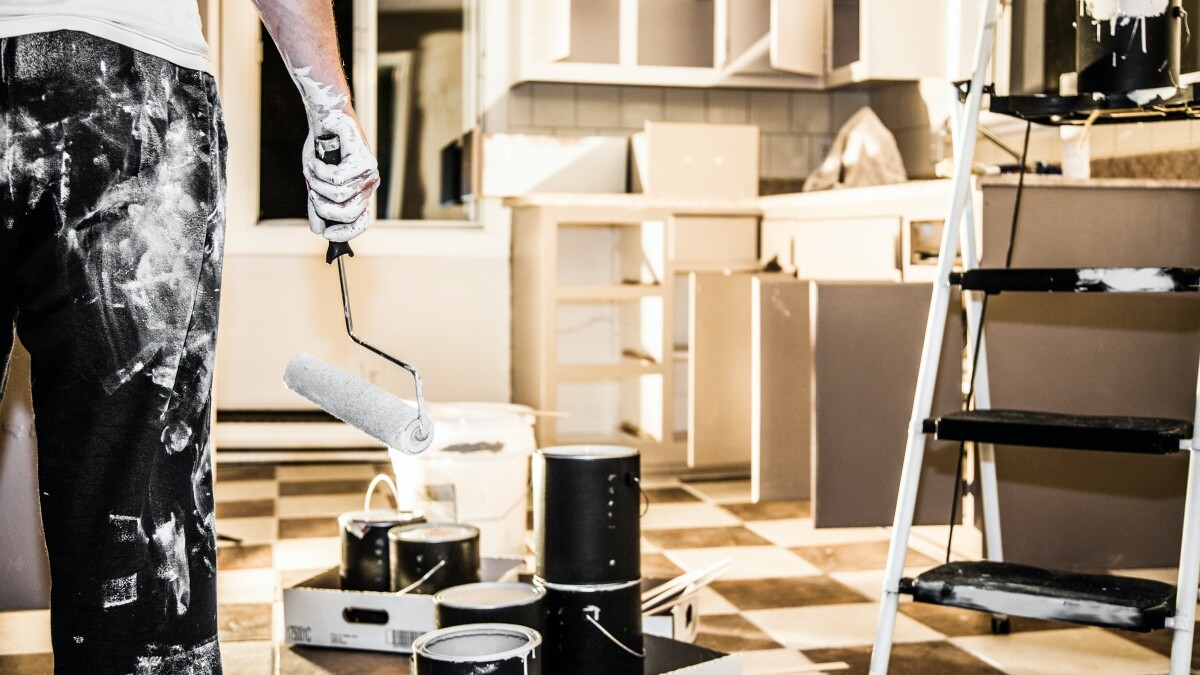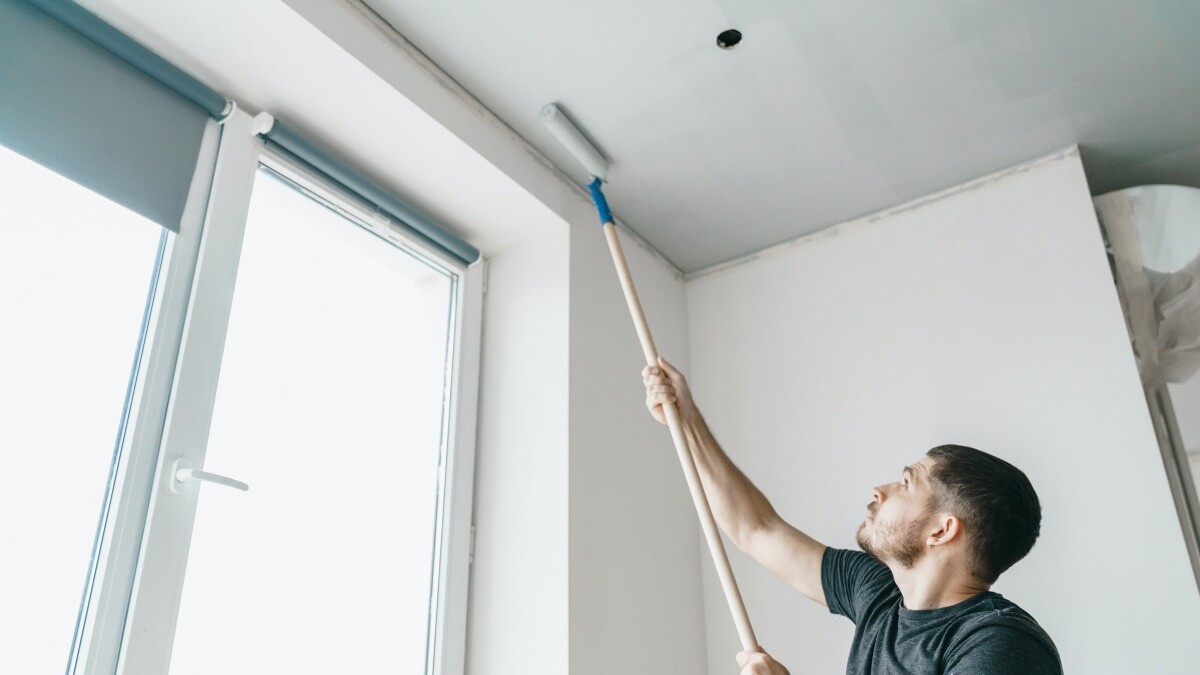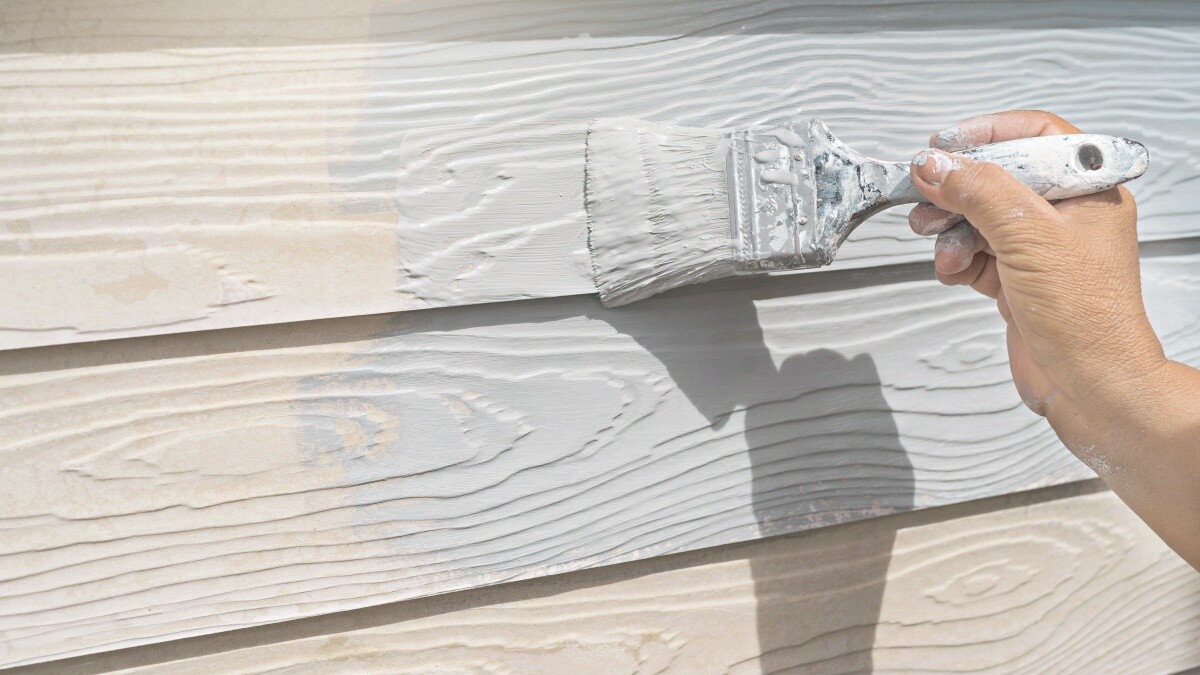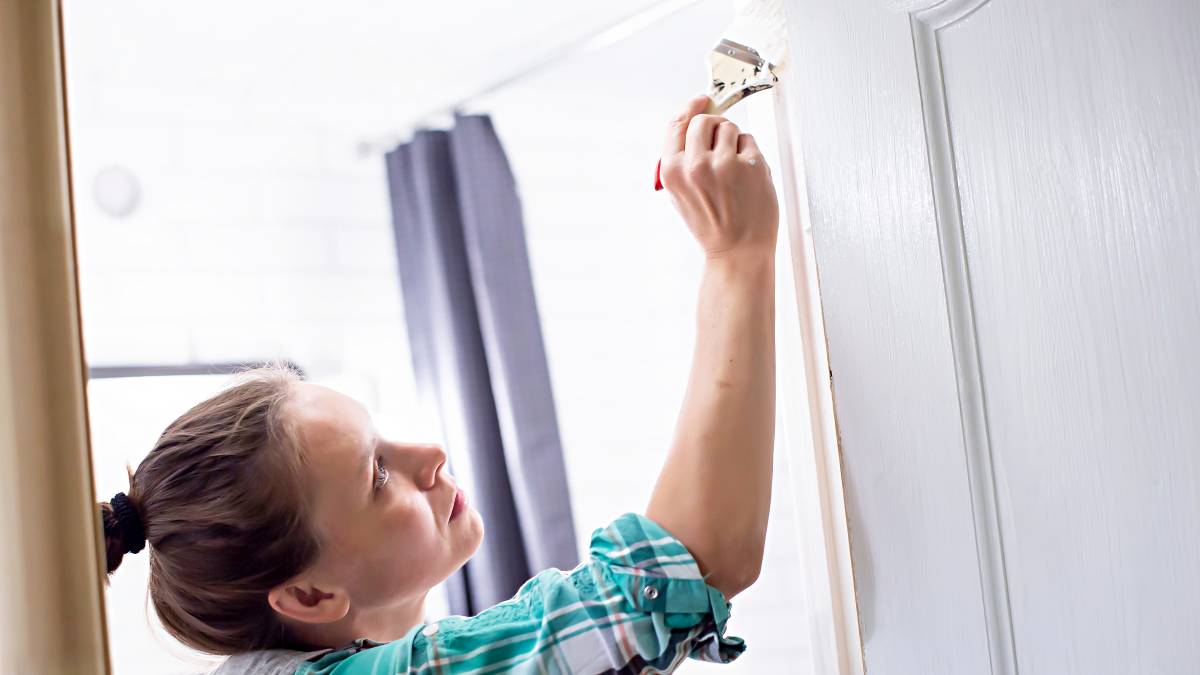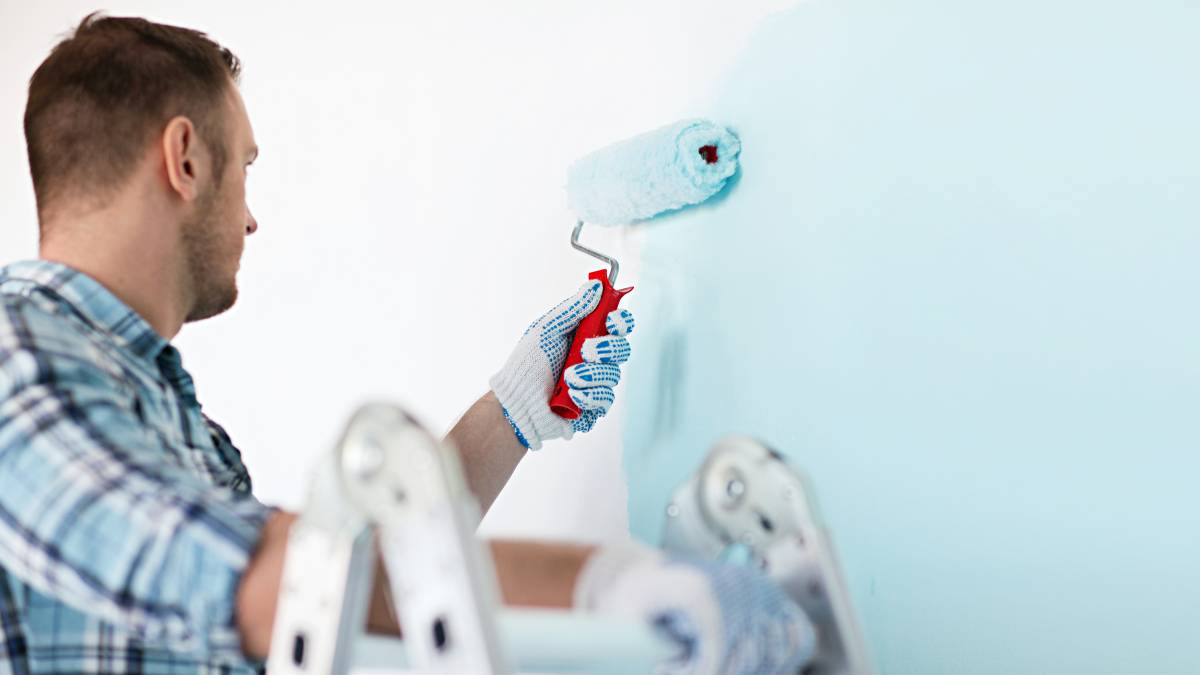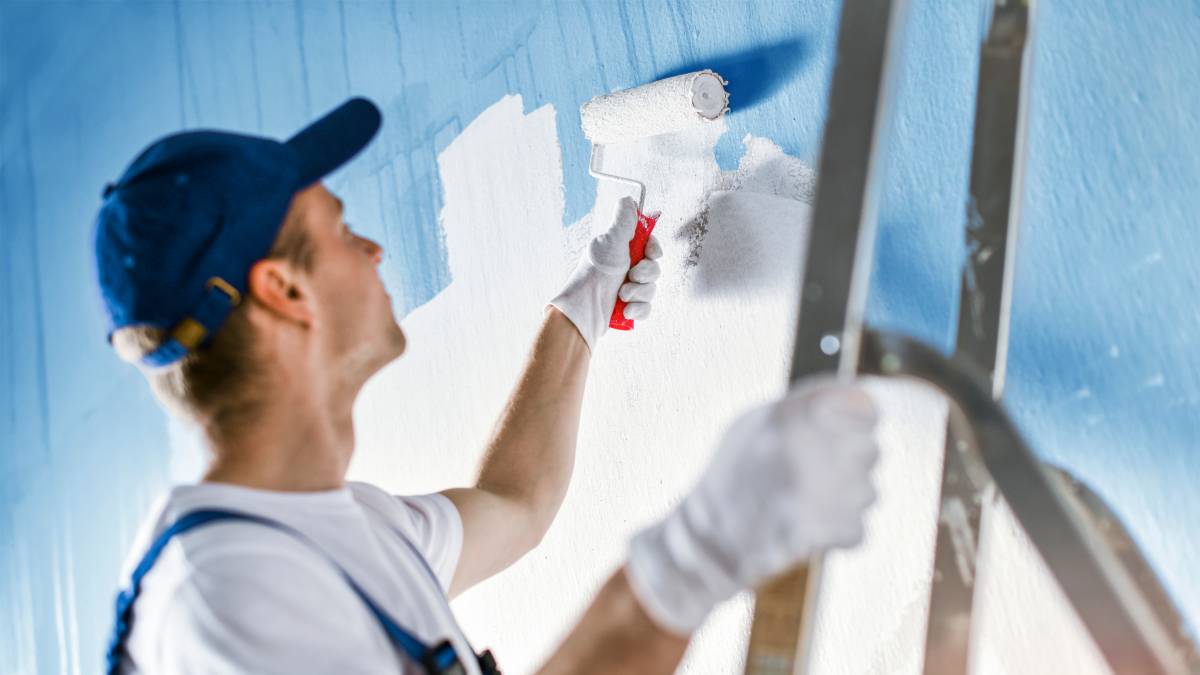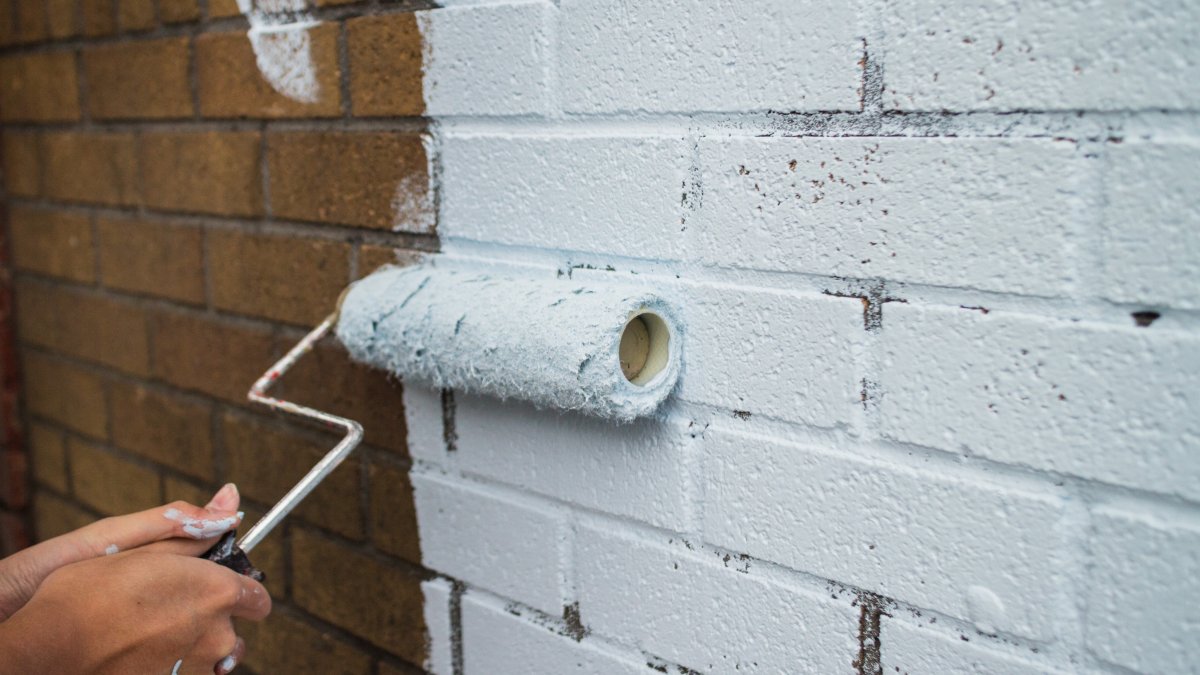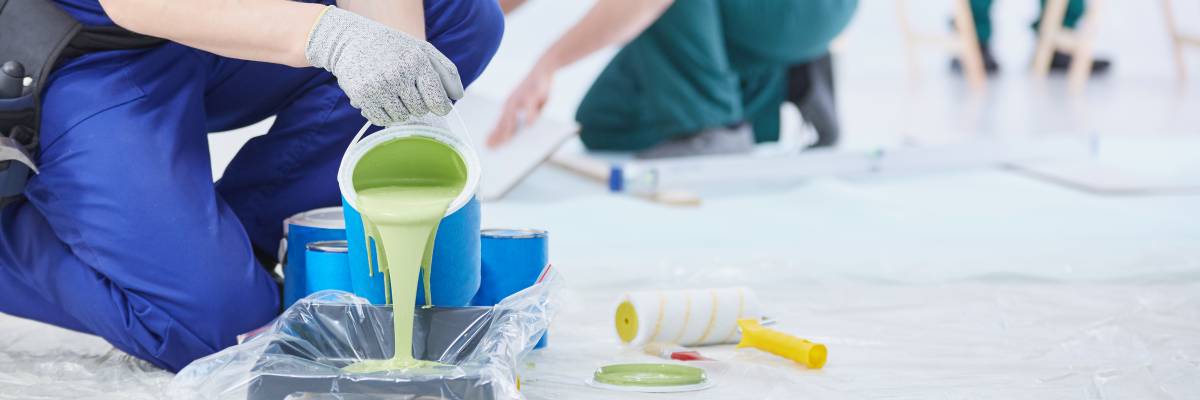
How to estimate a paint job in 4 steps
Know how to properly price a painting job and win work.
Find painting jobsLast Updated on
Learning how to write a painting estimate may seem daunting, but you can get the hang of it eventually. The process includes measuring the area that needs painting, estimating business costs, and setting your markup.
Knowing how to estimate a paint job properly can help you avoid undercharging for your hard work. Moreover, it will help you quote reasonable rates that clients would be willing to pay, given the amount of work required.
How to write an estimate for a paint job
Step 1: Visit the site and identify the project requirements.
It’s best to visit the site before giving a painting estimate. During the site visit, make it a point to ask your client:
- Which areas need to be painted? Will it just be the walls or also the ceiling, trim, and doors?
- Do you have any paint type and colour preferences?
- Will you provide the painting materials?
- What type of finish do you prefer?
You’ll also need to check how much prep work you’ll do before painting the area. A new house will need more paint and caulk vs. simply repainting existing work.
Asking the above questions will help you estimate the painting costs and set a reasonable profit margin.
Step 2: Measure the area.
Get a tape measure or a laser measurement device, then measure the paint area. Then, estimate how much paint you’ll need. A can of paint costs £20-£100, and one litre of paint can cover around 10m². This handy wall painting calculator can help you work out how much paint you’ll need for your project. Simply enter the dimensions of the walls and the areas to exclude, such as skirting boards and windows.
Step 3: Estimate the labour costs.
Whether you’re working alone or hiring a team to help you, you’ll need to calculate the labour cost. Painters may charge per square foot, by the hour, or per day. Learn more from our painter salary guide.
Expect to pay more for labour if the painting job will take some extra work and materials, such as:
- Extensive prep work (e.g., peeling woodwork that needs to be fixed, paint stripping, and unfastening fixtures)
- Difficult access to some areas of the house (e.g., high ceilings indoors and trees obstructing exterior walls)
- Multiple coats of paint (e.g., when repainting a dark-coloured wall)
- Painting a new house that will require more prep time
Step 4: Add your markup.
Finally, calculate how much markup or profit margin you want to get. Make sure your markup covers overhead costs, insurance, transportation, and other business costs. You’ll want to keep this margin low enough to be competitive yet high enough to do justice to your efforts!
For example, if materials and labour currently cost you £800 and you want a 25% markup, you’ll need to charge an extra £200.
You can also consider rounding up your figures at the end. This markup gives you an allowance for extra materials you may need along the way or protective equipment a project may suddenly require.
Now, you can move on to the next step: Finding painting jobs and sending quotes.
Earn money painting now on Airtasker.
Once you know how to estimate painting jobs, you can more confidently quote a fair price for your labour, no matter how complex the request. Sign up on Airtasker now to find painting jobs near you. Many fulfilling and well-paying painting jobs are out there for you. Quote a good price (for you and your client) and win work in no time!
FAQs on painting estimates
House painters charge £800 to £6,000, but rates may vary depending on the location, materials, and size of the house. You can use these figures as a benchmark, but follow the steps above to come up with a more accurate estimate for your painting job.
When preparing your estimate, simply follow the steps above, keeping in mind these additional considerations:
- Prep work - You may need to do extra prep if there are many windows, brick surfaces, or obstructions to work around.
- Special materials - You may need to spend extra on premium paint that can withstand harsh weather conditions.
- Insurance costs for painting outdoors - Add insurance costs to protect yourself and your team.
On average, exterior paint jobs cost £850, but rates can vary depending on where you’re located in the UK.
Add the materials cost, labour cost, and markup to estimate an interior paint job. Your interior painting estimate may also include painting trim, ceilings, doors, and other complex areas. As a ballpark figure, interior paint jobs cost £900 to £6,000.
Commercial painting labour costs range from £110 to £150 per day. You can use the above steps as a general guide to estimating a commercial painting job.
Painting the exterior of a building entails additional work, materials, and risks. Therefore, commercial exterior painting tends to cost more than interior painting jobs. You may also have to charge more if you have to work outside normal working hours.
Create your profile and start browsing jobs in minutes
Start earning now
Related articles
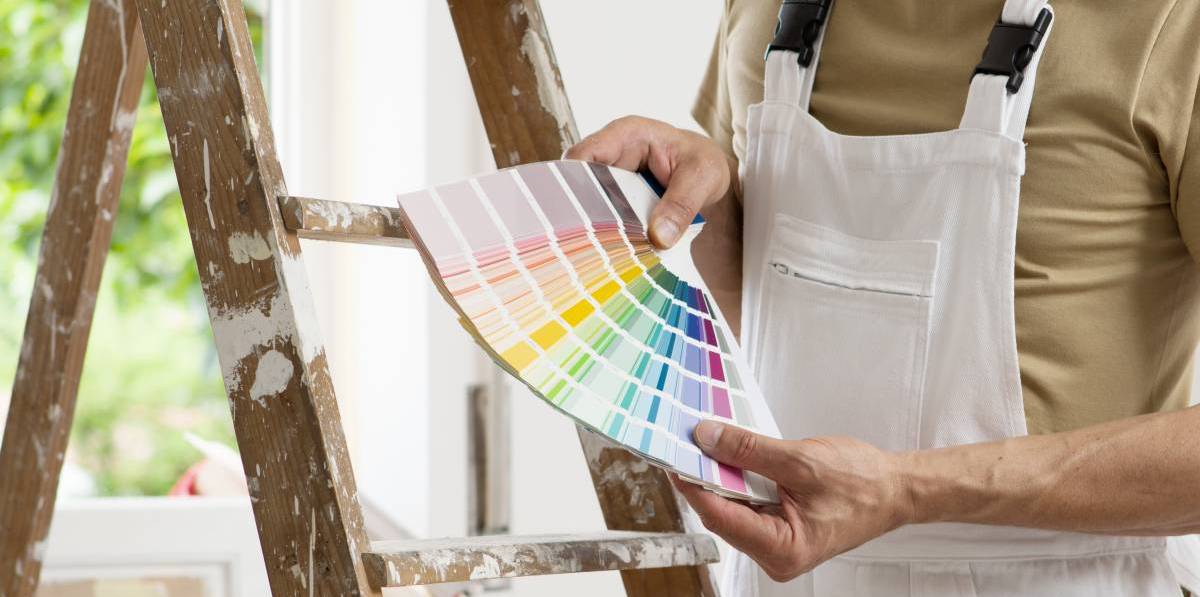
How much do painters make?
Read more
Related price guides
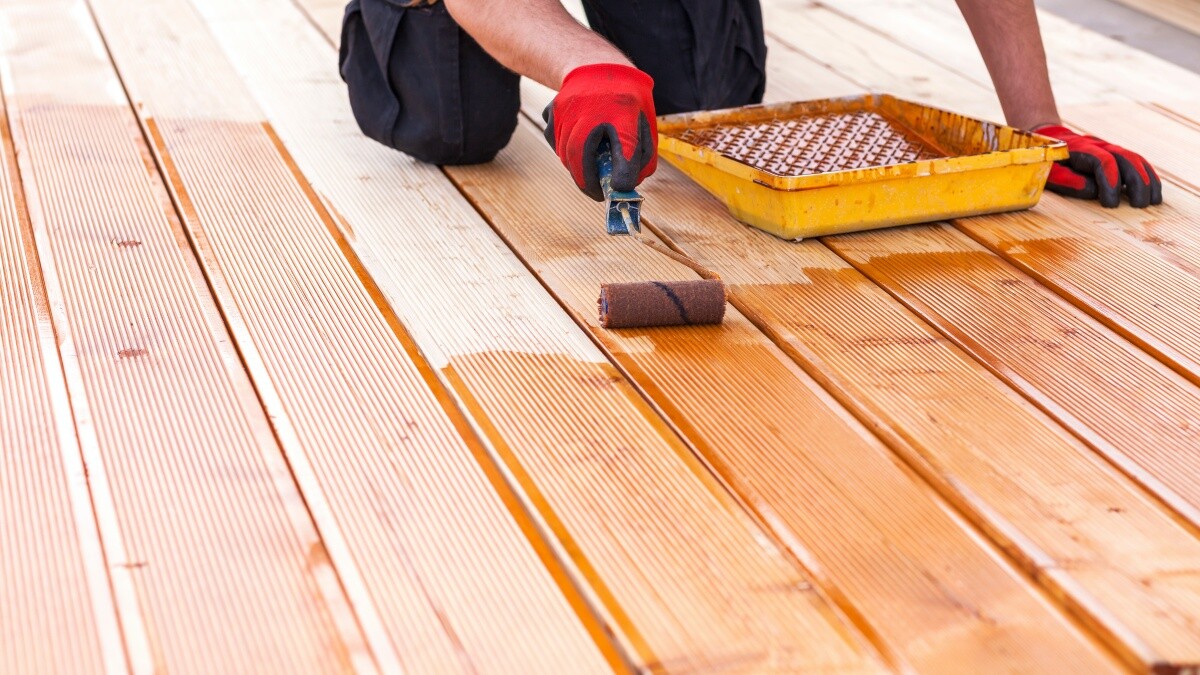
How much does deck painting cost?
Read more
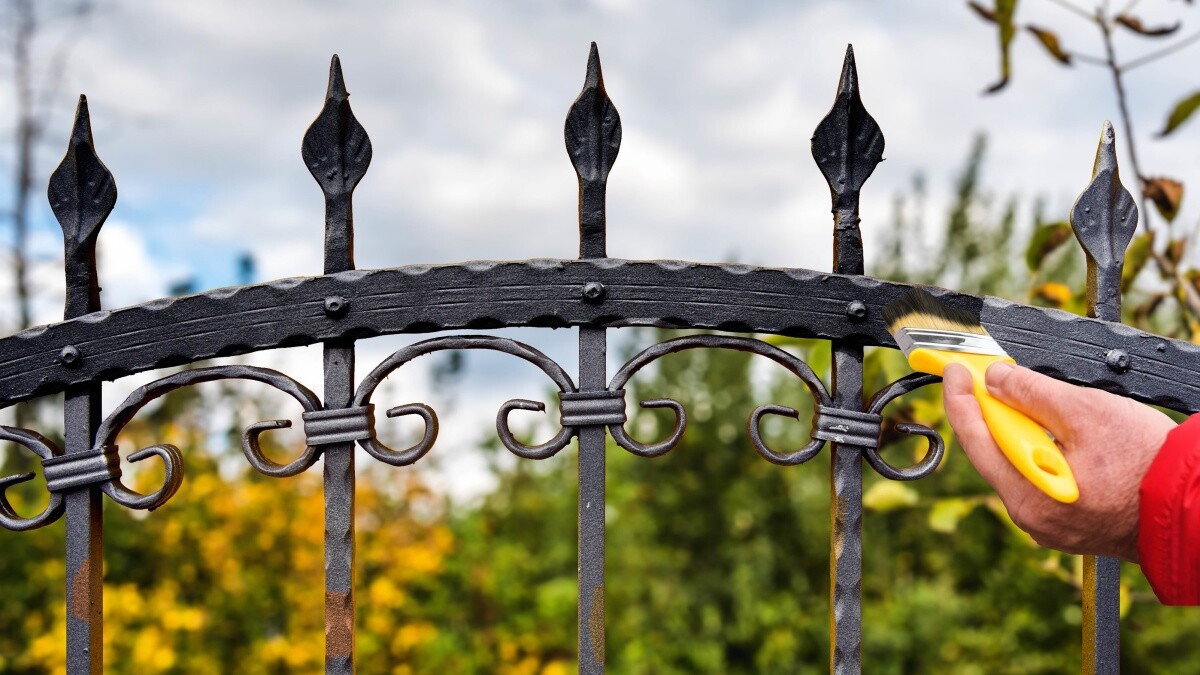
How much does fence painting cost?
Read more

